Ease into menopause with these top tips
By Jessah Robinson, Adv Dip (Nut Med)
Menopause is something that all women experience around the average age of 51, however some women will go through menopause much earlier than this. There are excellent tips for women with premature menopause in Dr Cabot’s book ‘Hormones: Don’t Let Them Ruin Your Life’. Menopause or “change of life”, affects every woman differently; some make a smooth transition with minimal complaints while others really struggle. It is often the women who have experienced chronic stress throughout their lives that go through a difficult menopause. This is due to the fact that stress depletes our adrenal glands; along with stimulants like caffeine, nicotine and high sugar diets. The healthier your lifestyle, the less likely you will have problems with menopause.
Symptoms of peri-menopause and menopause include
- Hot flushes
- Aches and pains
- Vaginal dryness and discomfort
- Painful sexual intercourse
- Loss of libido
- Bladder problems such as urgency and incontinence
- Mood changes
- Low self esteem
- Anxiety and panic attacks
- Memory problems
- Poor concentration
- Dry and ageing skin
- Hair loss
- Sleep disorders
Here are the top 10 tips to ease your way into menopause
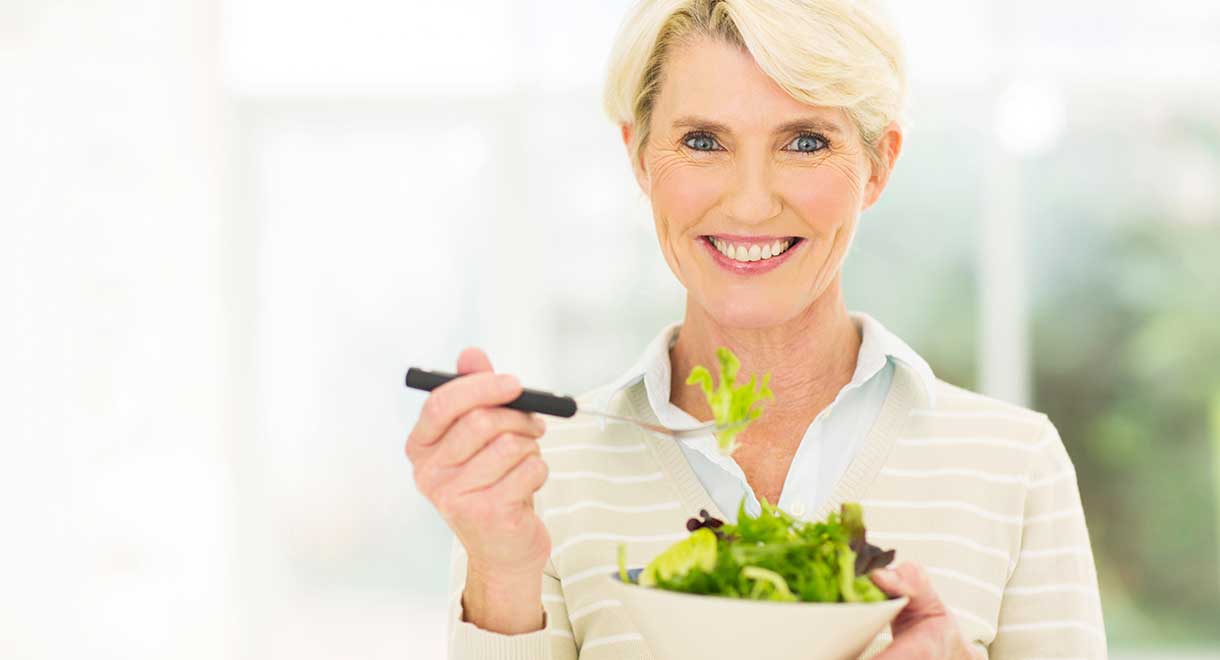

1. Watch your weight
It is very common for women to experience weight gain between the ages of 35 and 55 due to fluctuations in hormone levels; as hormones and weight gain often go hand in hand. Overweight women are more likely to experience hot flushes, especially if their weight is centred around their abdominal area. Assess all areas of your lifestyle that may be contributing to weight gain with the intention of keeping your weight in the healthy range. There are excellent weight loss tips and recipes in Dr Cabot’s book ‘I Can’t Lose Weight and I Don’t Know Why’. Synd-X is a low-carb high protein powder that is perfect to eat in between meals when you are hungry; as it aids weight loss by reducing cravings for carbohydrates and reducing hunger.
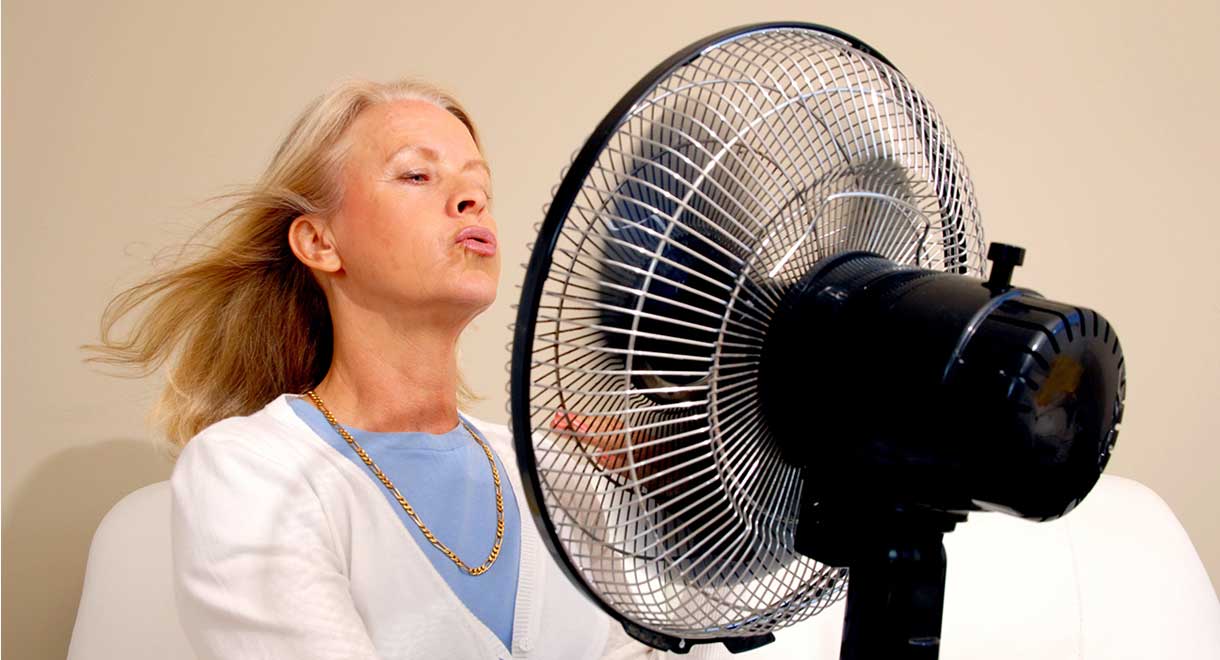

2. Look after your liver
The liver is the primary fat-burning organ of the body and one of its many roles is regulating hormones. Fatty liver is becoming increasingly common in modern society, and occurs when our liver cells get clogged with fat. Women with a fatty liver are more prone to hot flushes; due to their liver function being compromised and not being able to adequately regulate hormones. A healthy diet, lifestyle changes and good quality liver tonic can correct this. See Dr Cabot’s book ‘Fatty Liver: You Can Reverse It’.
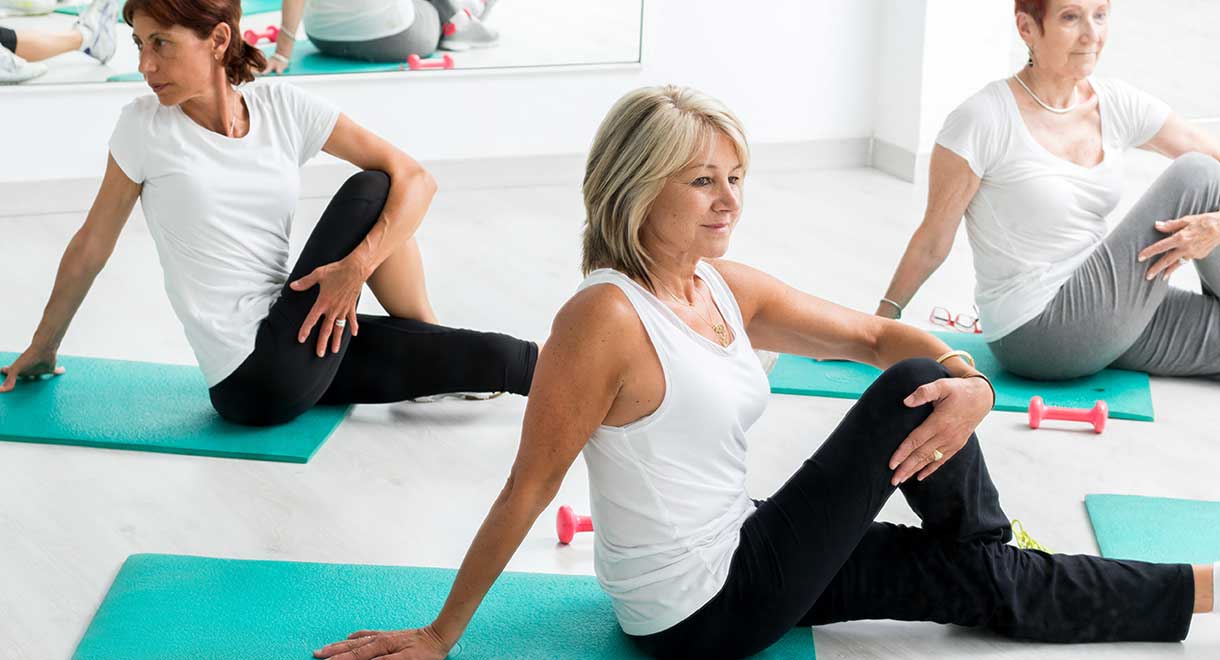

3. Move your body
No matter your age, fitting some form of exercise into your routine is key. Regular exercise will aid weight loss, naturally reduce insulin levels and balance oestrogen levels. Women who have a sedentary lifestyle and eat large amounts of food have more oestrogen than progesterone, a term referred to as ‘oestrogen dominance’. Oestrogen dominance causes many unpleasant symptoms such as: weight gain, fluid retention, abdominal bloating, heavy/painful periods and endometriosis. It is best to establish a routine that involves cardio exercises and weight training exercises. Exercise that causes you to breathe hard and sweat is excellent for reducing hot flushes.


4. Minimise stress
Feeling stressed, anxious and tense can cause hot flushes, night sweats, mood changes and insomnia. Work, health, family, relationships and financial issues can cause stress which diminishes hormone production. Have a massage, take a hot bath, listen to some relaxing music, read a good book, eat well and make sure you are getting adequate sleep. Take some time out for yourself and focus on the things that make you happy. You may benefit from taking magnesium, a mineral that helps to improve the physiological response to stress and helps to promote relaxation. Tyrosine is an amino acid that assists memory and mental performance during stressful conditions.
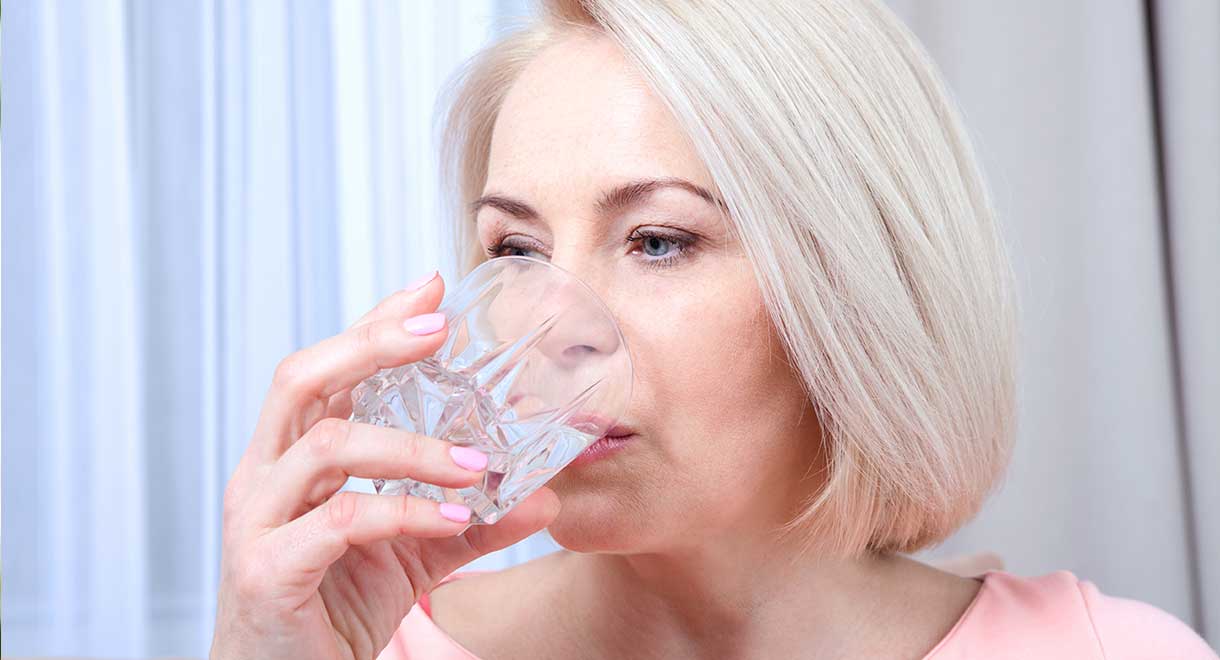

5. Drink lots of water
Your body requires water to support the detoxification pathways in your liver and kidneys, and also helps to eliminate toxins from the body. It is recommended to drink 8 to 10 glasses of water a day to reduce hot flushes and hydrate dry itchy skin and vaginal dryness. If you are feeling peckish, have a glass of water. It’s likely you are getting your hunger signals and thirst signals mixed up and your body really needs water. Keep your fluids up with filtered water, herbal teas and raw vegetable juices. There are juice recipes specifically for menopause on page 116 in Dr Cabot’s book ‘Raw Juices Can Save Your Life’.
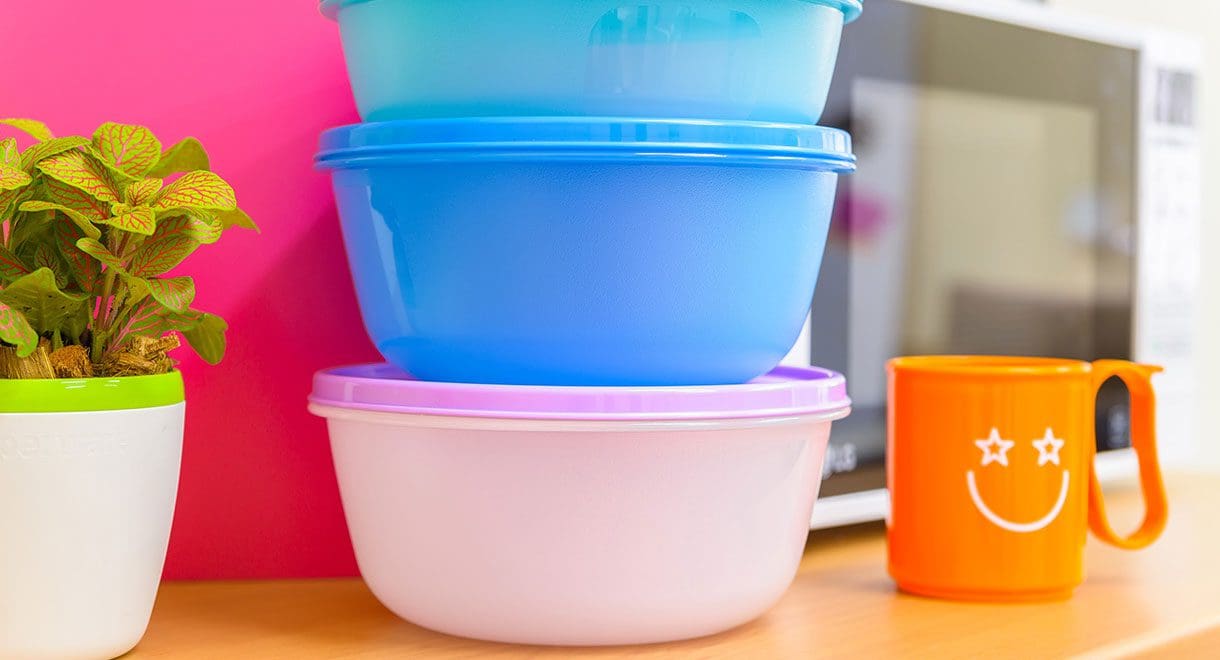

6. Avoid plastics
Try to avoid plastic containers and plastic water bottles, and use glass containers and bottles instead. Plastic containers contain chemicals called xeno-oestrogens; endocrine-disruptors that alter the normal function of hormones. Xeno-oestrogens specifically have oestrogen-like effects; which can cause ‘oestrogen dominance’ and cause many unpleasant symptoms that were discussed previously. Toxins that leach from plastics into your food make the body work twice as hard at detoxifying, leading to illness. Build-up of xeno-oestrogens has been linked to: breast, prostate and testicular cancer, obesity, infertility, early onset puberty, miscarriages and diabetes.
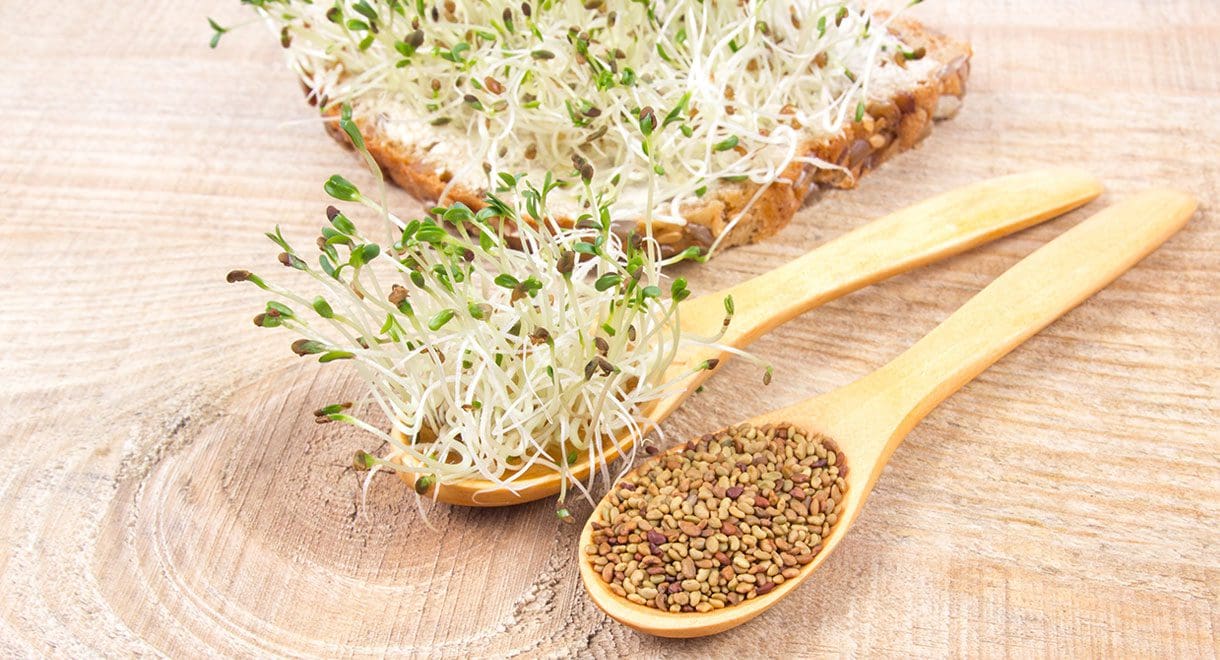

7. Consume plenty of phyto-oestrogens
Phyto-oestrogens are weak, natural oestrogen-like hormones that have hormone balancing properties and help to alleviate the symptoms of menopause. Foods that contain phyto-oestrogens include: alfalfa, soy beans, flaxseed meal, sesame seeds, sunflower seeds, split peas, chick peas, pumpkin, carrots, cabbage, beetroot, green beans, peas, potato, squash, apple, rhubarb, plum, cherries, olives, olive oil, parsley, garlic and fennel. Aim to incorporate some of these foods into your everyday diet.


8. Keep your bones strong
Osteoporosis is a common problem in post-menopausal women and can be tested with a DEXA Bone Mineral Density Test. Have a blood test to check your vitamin D levels and make sure they are towards the upper limit of the normal range. Because even if you take loads of calcium, if you are low in vitamin D the calcium will not be able to enter the bones. The best way to source vitamin D is by spending time in the sun, an average of 20 to 40 minutes a day depending on your skin tone. Rich sources of calcium include: salmon, tuna, sardines, almonds, Brazil nuts, sesame seeds, tahini, hummus, tofu and chickpeas. If you don’t eat these foods regularly, you may benefit from a good quality calcium supplement like Calcium Complete which combines the most absorbable form of calcium with vitamin D3, vitamin K2 and boron for bone strength.
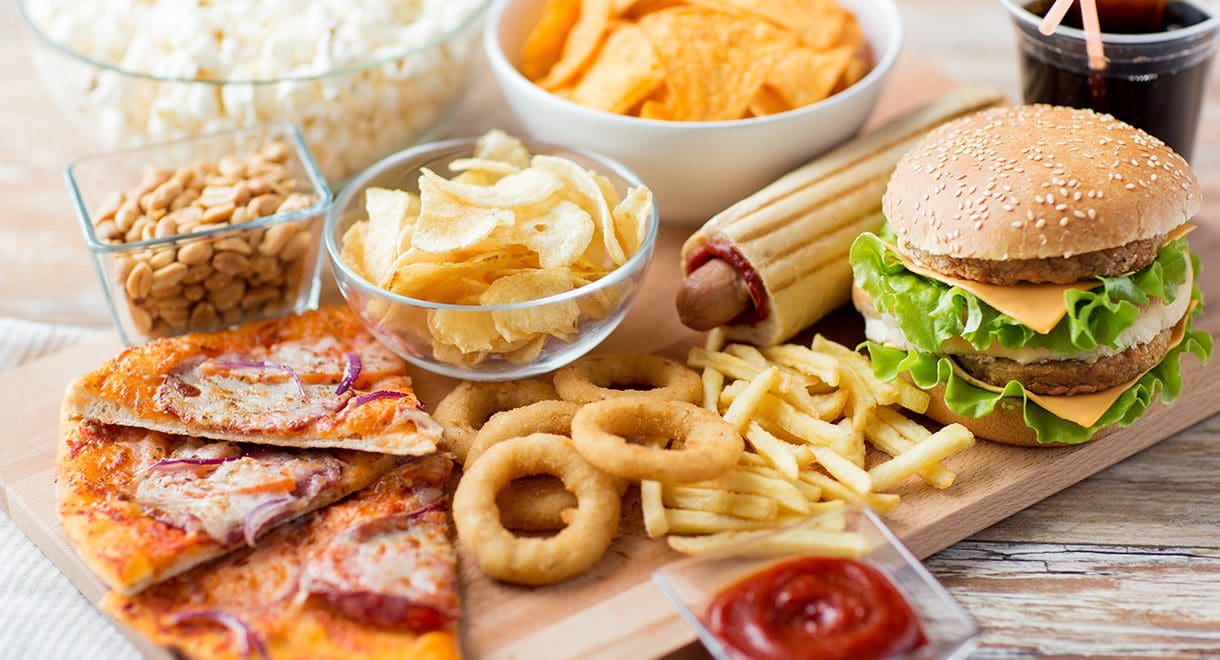

9. Avoid processed foods and additives
Processed foods, fast foods and soft drinks contain phosphorus and phosphate additives that can take vital minerals from your bones. Avoid processed packaged foods such as breakfast cereals, which often contain large amounts of hidden fat. Healthy alternatives to processed breakfast cereals include oats, barley, quinoa and natural unsweetened muesli. Follow a low-carb diet with plenty of good protein, good fats, fresh vegetables and fruits, nuts and seeds to help lower cholesterol and maintain good health.
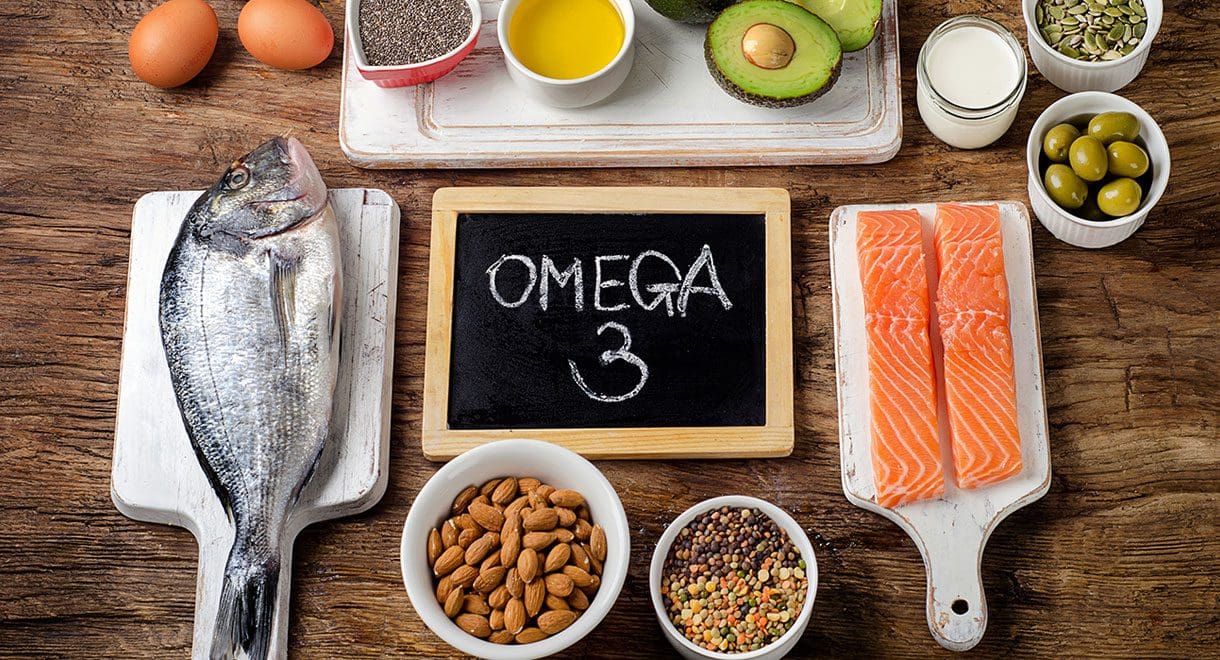

10. Eat good fats
As we get older we require more omega 3 fatty acids to keep our cell membranes healthy. Being low in omega 3 fatty acids can result in dry eyes, skin and hair, and more aches and pains (fibromyalgia). Therefore, it becomes essential to consume omega 3 fats regularly. Good sources include oily fish (salmon, tuna, sardines, mackerel), fish oil, walnuts, ground flaxseeds, hemp seeds and chia seeds.
Even if you have many years before going through menopause start making these changes today that your future self will thank you for. Adopting these habits earlier on will make it that much easier when going through menopause. For further information on balancing your hormones naturally, check out Dr Cabot’s book ‘Hormone Replacement: The Real Truth’.




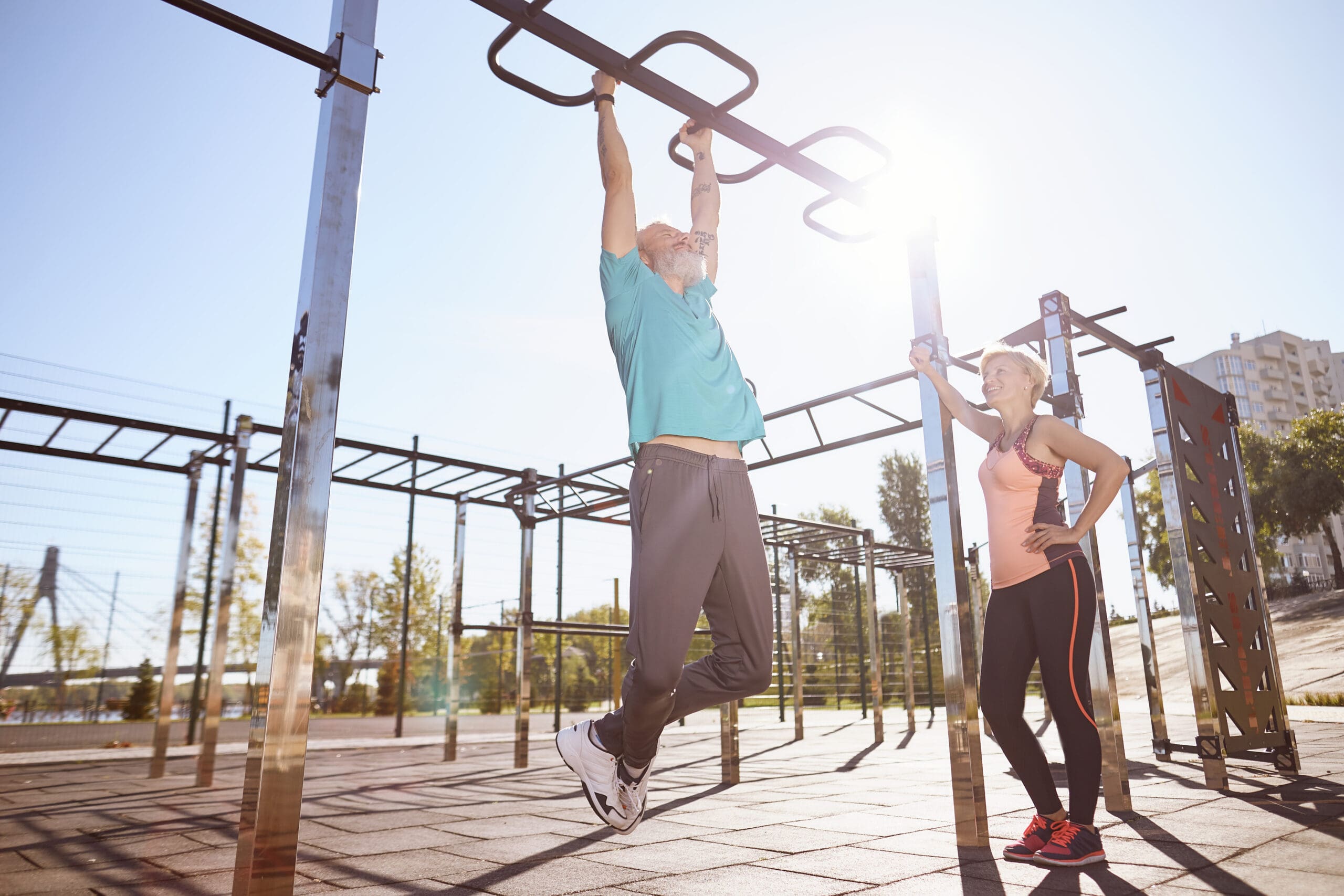
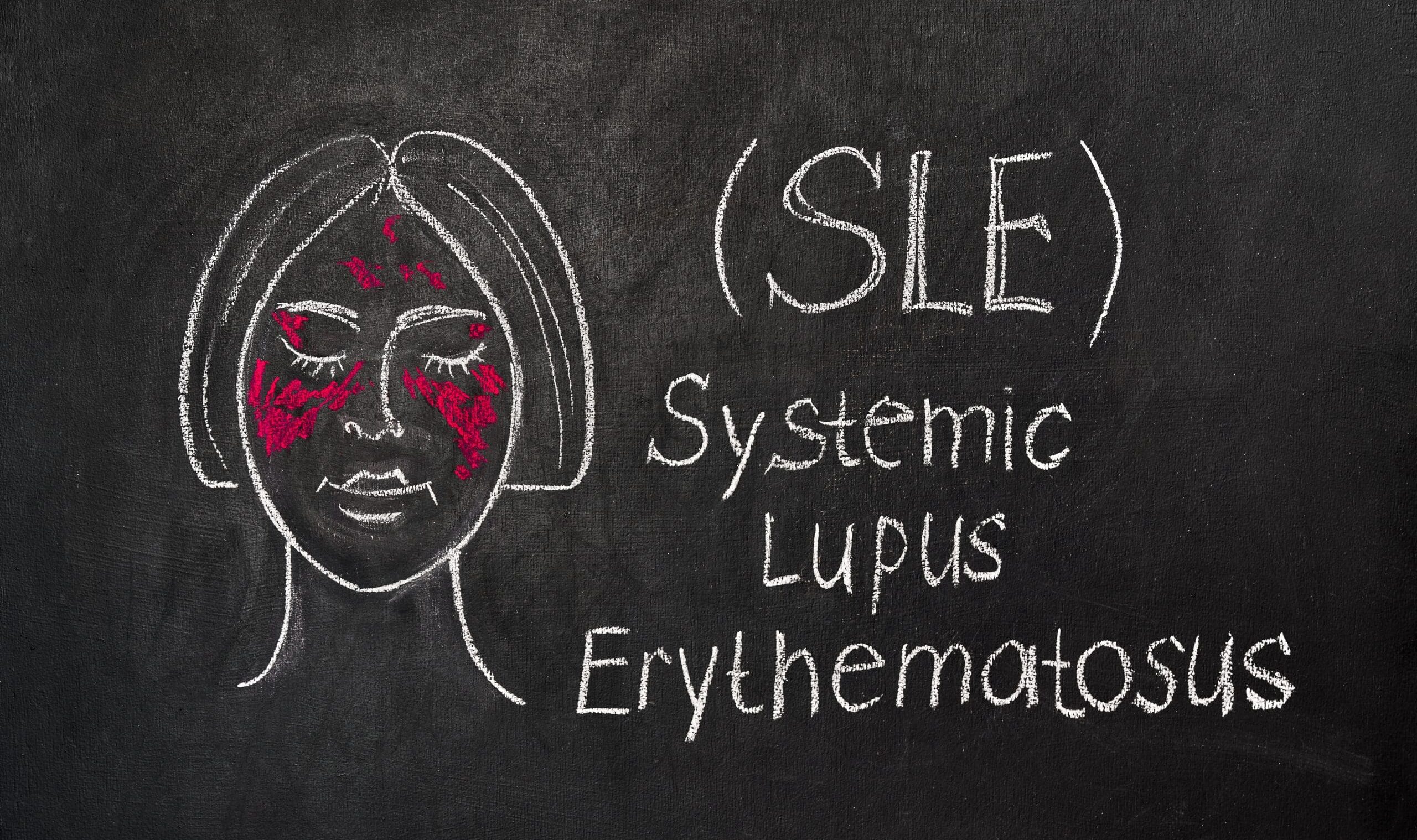
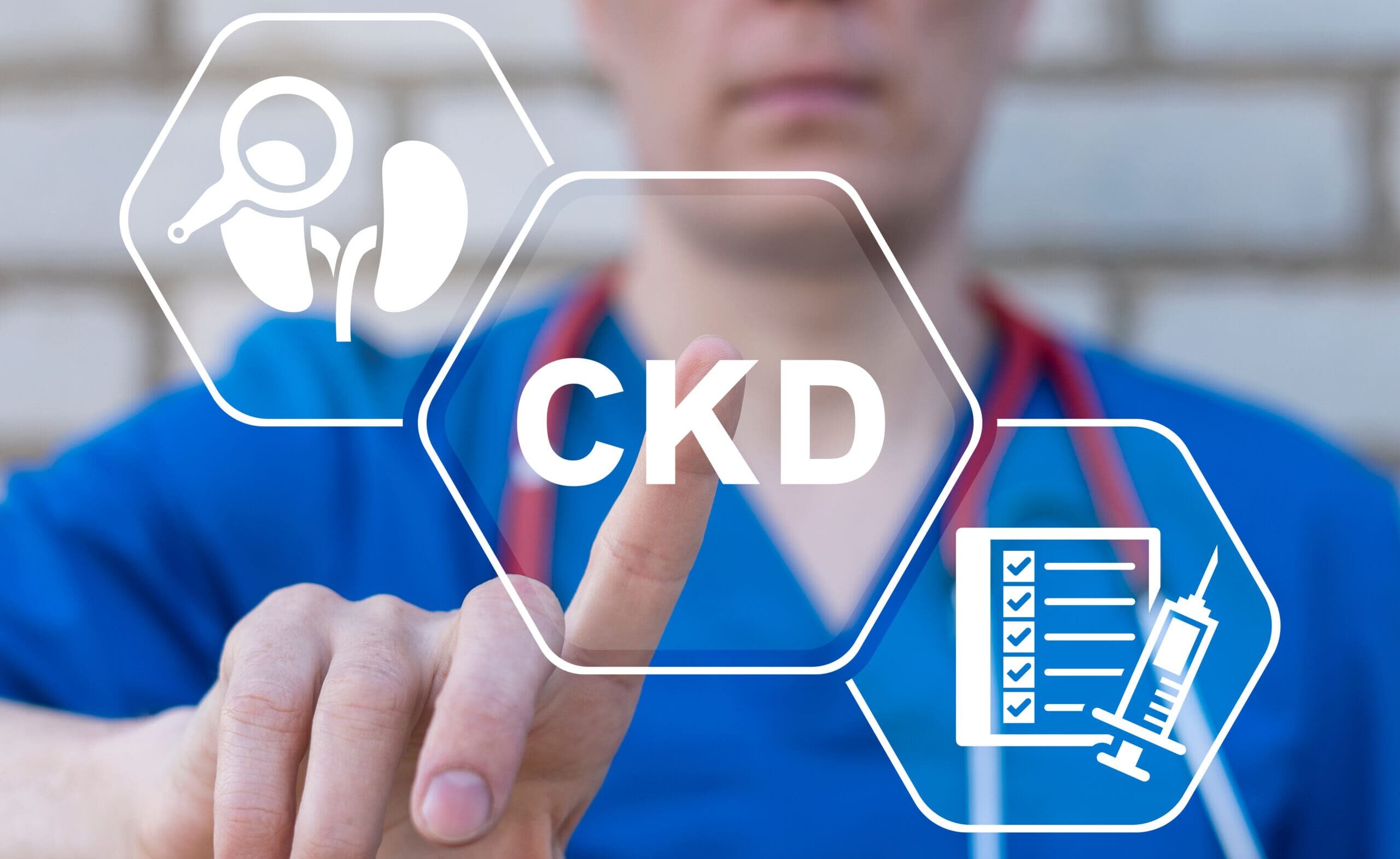
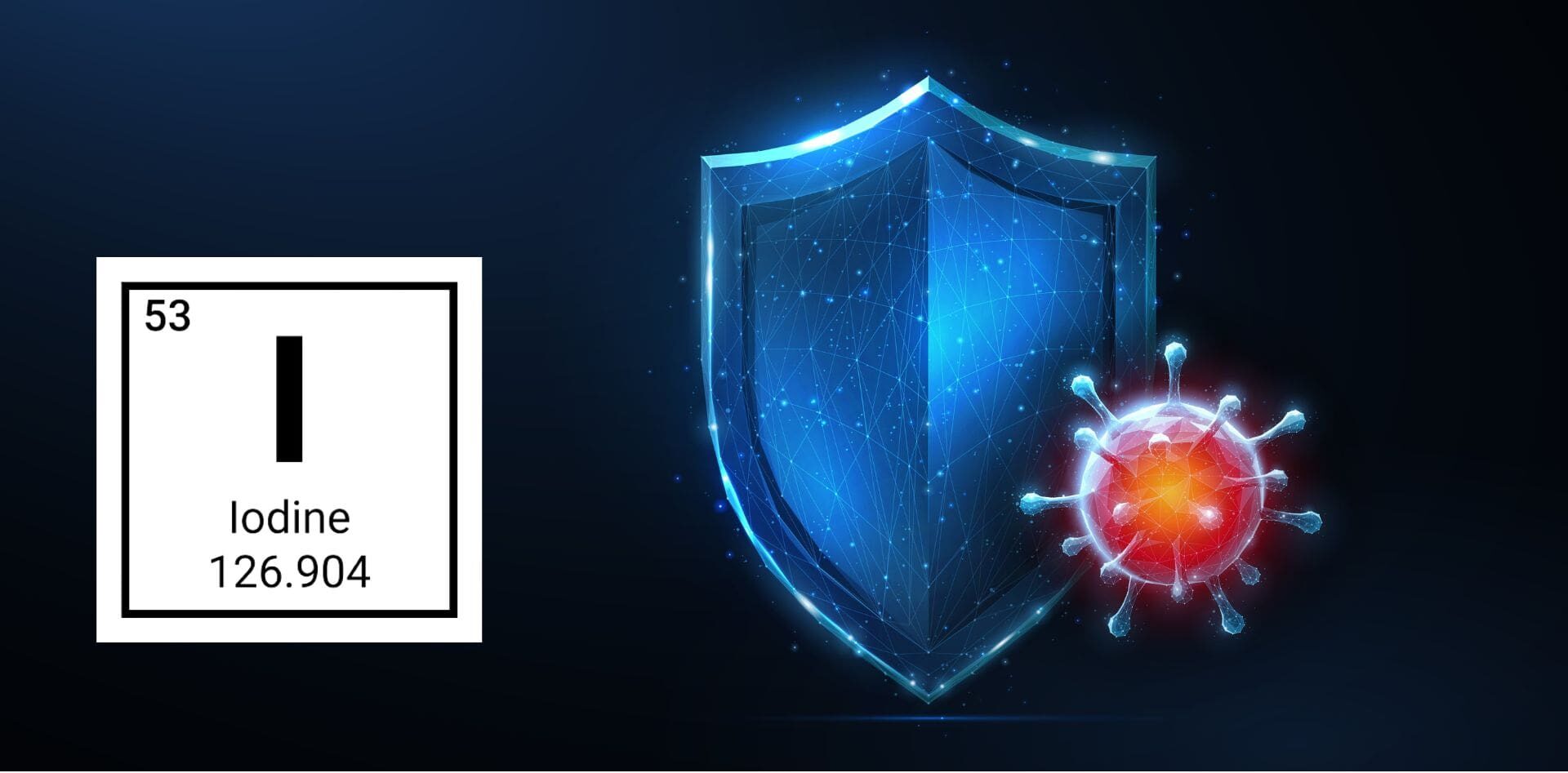

Leave A Comment